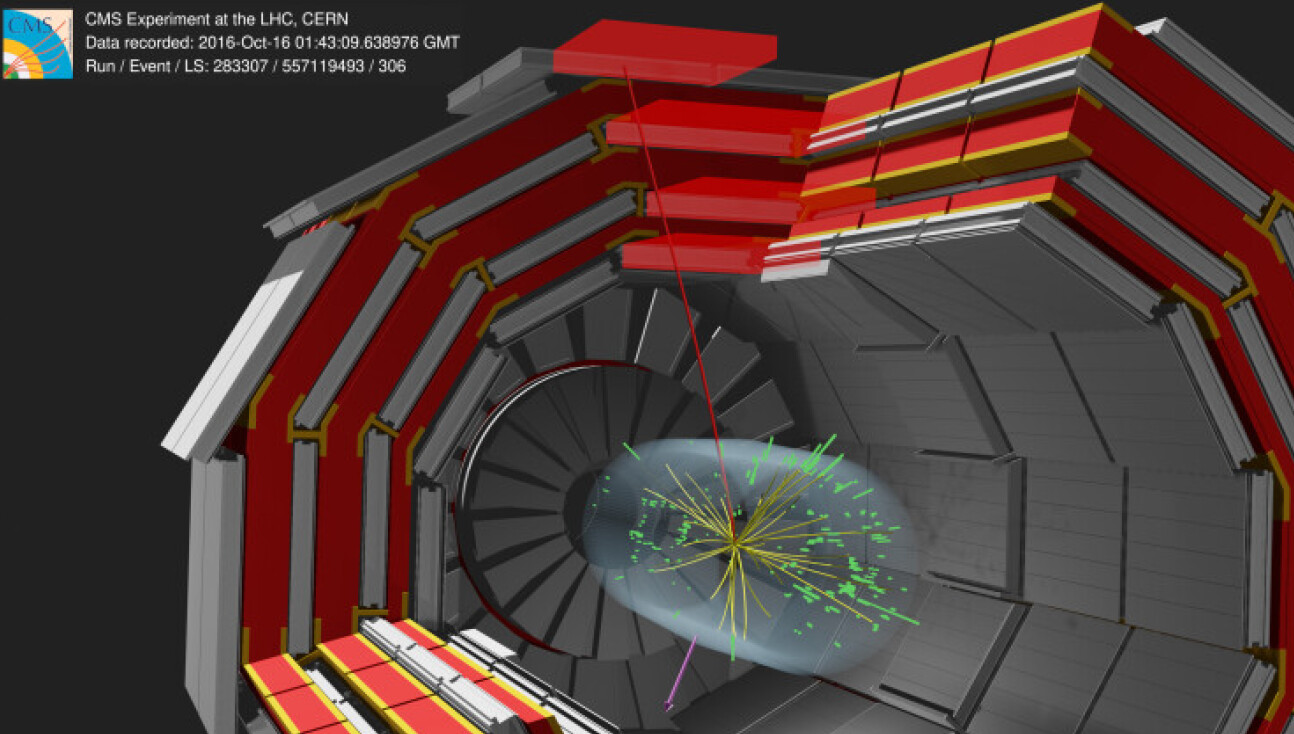Ultrafast probing and AI-enabled drug discovery: News from Imperial


Here’s a batch of fresh news and announcements from across Imperial.
From ultrafast probing pulses to a free AI algorithm that could find new medicines more efficiently, here is some quick-read news from across Imperial.
W-boson mass measurement

The latest measurement was performed using the CMS experiment at the Large Hadron Collider where many Imperial researchers work, leading the tracking detectors for the experiment and reviewing the new result.
Dr Nicholas Wardle, from our Department of Physics, said: "A measurement with this precision couldn't be possible without the excellent performance of the CMS detectors, especially the tracker, and years of dedicated work from CMS Physicists to understand very intricate details of the data. It's a fantastic achievement by our collaboration, and another gold star for the Standard Model of particle physics."
Read more on CERN’s news site.
AI for drug discovery
DrugSynthMC can generate thousands of brand new, virtual drug molecules in seconds for screening and testing. It can adapt to whatever ‘target’ molecule is inputted, creating a library of drug candidates to test against this target, before optimising the ones that work to make them still better. Available via Open Source, it can generate 10,000 molecules to fit a particular target in 0.75 seconds.
The team believes the software is immediately usable by scientists working in pharmaceutical companies or in university research.
Dr Olivier Pardo in the Department of Surgery & Cancer, who led the work, said: “We’re very excited. Even though this is a fairly simple algorithm, it’s far more efficient than anything more complex that has been tested or published out there, and will become very useful in AI-driven drug discovery for bespoke therapeutic targets.”
Read the paper here.
Ultrafast probing
Now, a team led by Imperial researchers in the Departments of Physics and Chemistry have designed a system that can create UV-Vis pulses lasting only a few femtoseconds – millions of a billionth of a second. The pulse is also ‘tuneable’, meaning it can be set to a wide range of wavelengths that are useful for investigating different molecular responses.
The team demonstrated their setup can initiate an ultrafast photochemical reaction and probe responses across the target molecule. Lead investigator Clement Ferchaud said: “These capabilities will allow studies of the fastest electronic dynamics in a large range of photochemical, photobiological and photovoltaic reactions.”
Read the full paper in Optica.
–
Want to be kept up to date on news at Imperial?
Sign up for our free quick-read daily e-newsletter, Imperial Today.
Article text (excluding photos or graphics) © Imperial College London.
Photos and graphics subject to third party copyright used with permission or © Imperial College London.